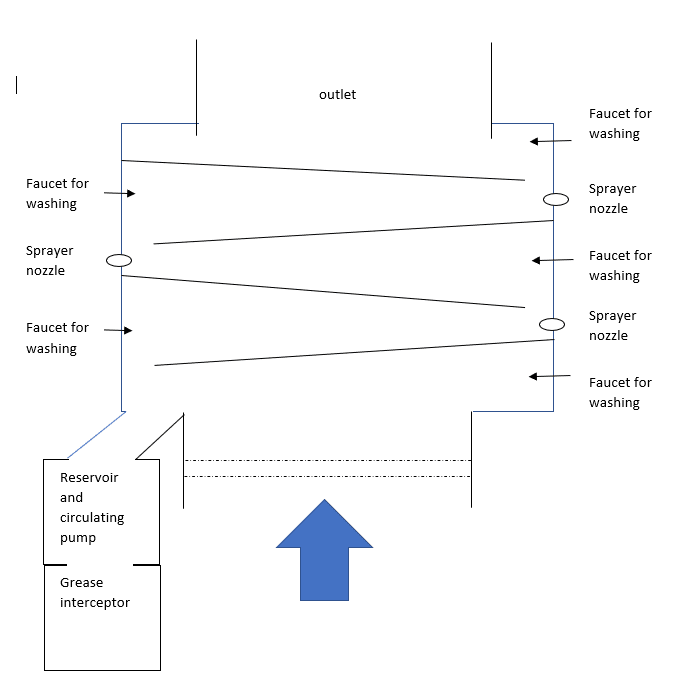MedicineEng
Industrial
- Jun 30, 2003
- 609
Hi All:
We are now looking into some of our industrial kitchens in order to improve the cooking smell exhaust.
Originally we had an electrostatic filter and bag filters installed as cooking smell mitigation process but the performance was pretty poor, as the ESP got clogged with grease and became ineffective fairly fast. This demanded long washing times that are not practical in high volume/24 hours kitchens .
So we retrofitted the installation with a water scrubber which had a much better performance, but still with some cooking smell being exhausted to the exterior.
We are now going to try a hypochlorite dosing system to add to the wet scrubber to see if we can improve the performance.
We've been also looking into ozone generators as well and we've been considering to use it as a final kitchen exhaust treatment step before being discharged to the environment.
As with all technologies, there are plenty literature resources in the internet but most have a stake in one or other technology, which makes their analysis kind of biased.
So I would like to know if anybody here in the forum has experience with ozone as kitchen exhaust treatment, if it is effective, advantages and disadvantages of such system.
Thanks
We are now looking into some of our industrial kitchens in order to improve the cooking smell exhaust.
Originally we had an electrostatic filter and bag filters installed as cooking smell mitigation process but the performance was pretty poor, as the ESP got clogged with grease and became ineffective fairly fast. This demanded long washing times that are not practical in high volume/24 hours kitchens .
So we retrofitted the installation with a water scrubber which had a much better performance, but still with some cooking smell being exhausted to the exterior.
We are now going to try a hypochlorite dosing system to add to the wet scrubber to see if we can improve the performance.
We've been also looking into ozone generators as well and we've been considering to use it as a final kitchen exhaust treatment step before being discharged to the environment.
As with all technologies, there are plenty literature resources in the internet but most have a stake in one or other technology, which makes their analysis kind of biased.
So I would like to know if anybody here in the forum has experience with ozone as kitchen exhaust treatment, if it is effective, advantages and disadvantages of such system.
Thanks

